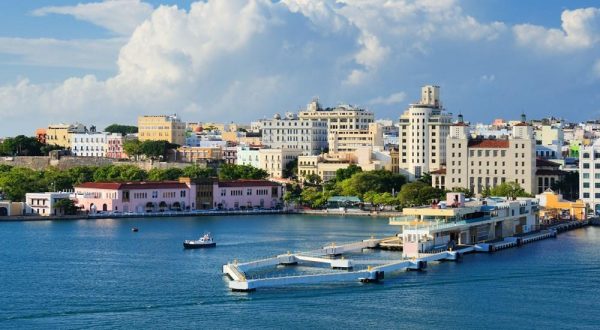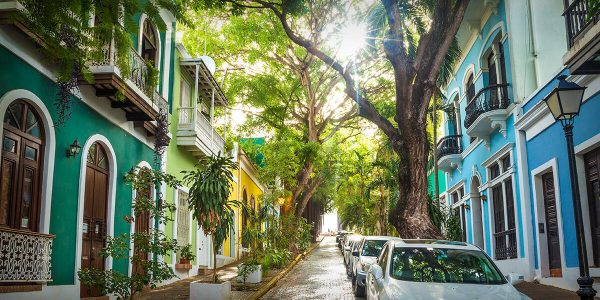3 Major Industries That Shaped Puerto Rico Economy Today
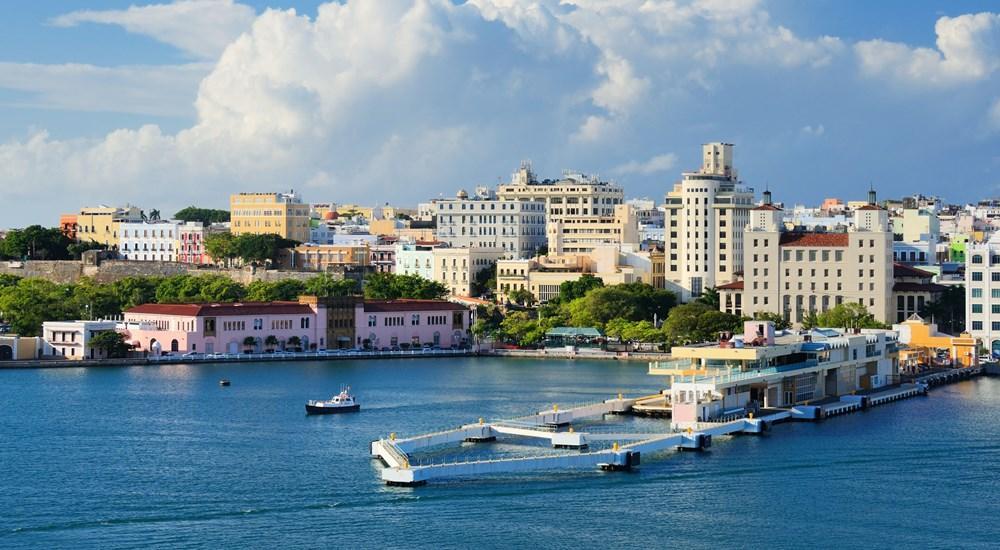
The economy of Puerto Rico has a long and dynamic history, particularly in relation to its status as a US territory. The island is well-known for its beautiful beaches and historic tourist attractions. As a result, tourism is one of the most significant economic sectors in the country. However, there is a lot about Puerto Rico’s industries that you may not be aware of.
Up until the mid-1900s, agriculture was the main industry supporting Puerto Rico’s economy. In the decades that followed World War II, factories and manufacturing became very important to the Puerto Rican economy under American rule. Now, Puerto Rico’s economy has shifted from manufacturing to services.
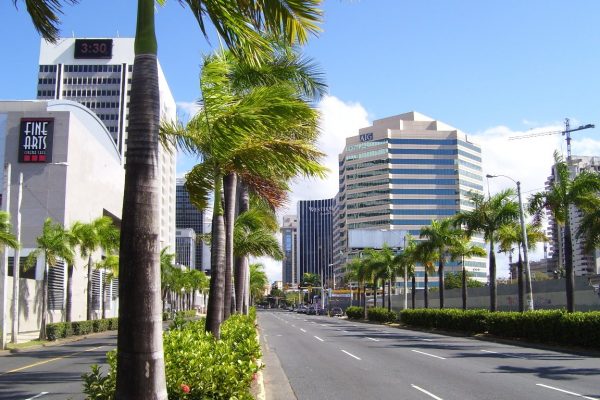
Manufacturing
Manufacturing has been an important industry for Puerto Rico since the late 1940s, when Operation Bootstrap changed the island’s focus from agriculture to manufacturing. Manufacturing has provided jobs in Puerto Rico since the mid-20th century, and it was at this time that a diverse local skilled workforce began to emerge.
Modern manufacturing relies on technology and the infrastructure required for good supply chain logistics, but skilled personnel are still required. Puerto Rico provides a skilled workforce and offers the lowest labor costs within the U.S., with hourly manufacturing rates that range between 65-80% of the national average.
According to https://www.puertoricoreport.com/, manufacturing now provides about 75,600 jobs in Puerto Rico, or about 8% of total employment. Pharmaceuticals, machinery, textiles, leather, electronics, printing, and publishing are just a few of the key manufacturing activities that have contributed to the industry’s rise.
Agriculture
Puerto Rico used to have a major sugarcane industry, but it has all vanished. This is due to large part of government controls imposed on sugar corporations in the United States and its territories. Prior to Hurricane Maria, Puerto Rico imported approximately 85% of its food from outside, primarily from the mainland United States, due to colonial policies.
Because of its reliance on external sources, it is prone to supply delays during hurricanes, natural disasters, or worldwide pandemics. As a result, Puerto Ricans began to collaborate and seek methods to reintroduce agriculture to the island.
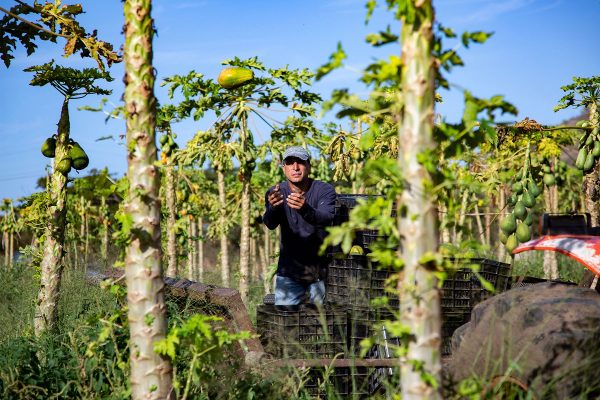
Today, the agriculture industry in Puerto Rico accounts for around US$808 million, or approximately 0.8 percent of the island’s GDP, focusing mostly on products that can be sold in the United States. According to an article published in The Weekly Journal in March 2021, the Puerto Rico Department of Labor assured that there were approximately 4,000 farming jobs available on the island.
The three traditional farm products still produced in Puerto Rico are:
- Coffee
- Tobacco
- Milk
However, due to the tropical environment, many farms also grow tropical fruits such as mango, pineapple, and melon. There are also farms that produce cattle, pig, and poultry for both domestic and foreign markets.
Service
The service industry is the fastest-growing industry in Puerto Rico, and it has just surpassed manufacturing as the leading industry in terms of GDP production. Workers in the services industry made up 83.34 percent of the total employed workforce in Puerto Rico in 2019, up from 83.22 percent the previous year, as reported by https://www.statista.com/.
Finance and real estate, commerce, and tourism are the three divisions of Puerto Rico’s service sector, which are discussed in further depth below.
-
Finance and Real Estate
Finance, real estate, and insurance account for up to 20% of Puerto Rico’s yearly GDP. Puerto Rico benefits from having a completely linked financial system with the mainland American system, which means that numerous American banks, real estate corporations, and insurance organisations have offices in Puerto Rico.
-
Trade
Trade accounts for around 10% of Puerto Rico’s yearly GDP. Puerto Rico is part of the United States’ customs system, and the United States is Puerto Rico’s main commercial partner. Pharmaceuticals, chemical products, computers and electronics are the island’s main exports. Puerto Rico also has major trade deals with Singapore, Japan, Brazil, and the European Union.
-
Tourism
Year after year, tourist interest in Puerto Rico has increased. Tourists from both the mainland United States and other countries are drawn to Puerto Rico’s spectacular natural beauty, rich history and culture, and beautiful tropical weather.

According to https://www.bmediagroup.com/, it is projected that up to 5 million guests stay in a hotel in Puerto Rico yearly and San Juan is well-known for being a popular stop for most cruise ship passengers. Every year, tourism contributes an estimated $5.5 billion to the Puerto Rican economy.
Puerto Rico’s service industry is the most likely to expand in the future and tourism will continue to flourish. Experts predict that real estate and financial services would see good growth in the foreseeable future.
Entrepreneurship is another area with significant development potential. In Puerto Rico, entrepreneurship is still in its early stages of development. Nonetheless, a number of organizations committed to the expansion of small businesses have begun to establish its presence on the island. The government of Puerto Rico also supports a number of initiatives aimed at assisting young entrepreneurs in expanding the island’s economy.
If you are interested in starting a business in Puerto Rico, read our previous post to learn more about the benefits of entering the Puerto Rican market.

